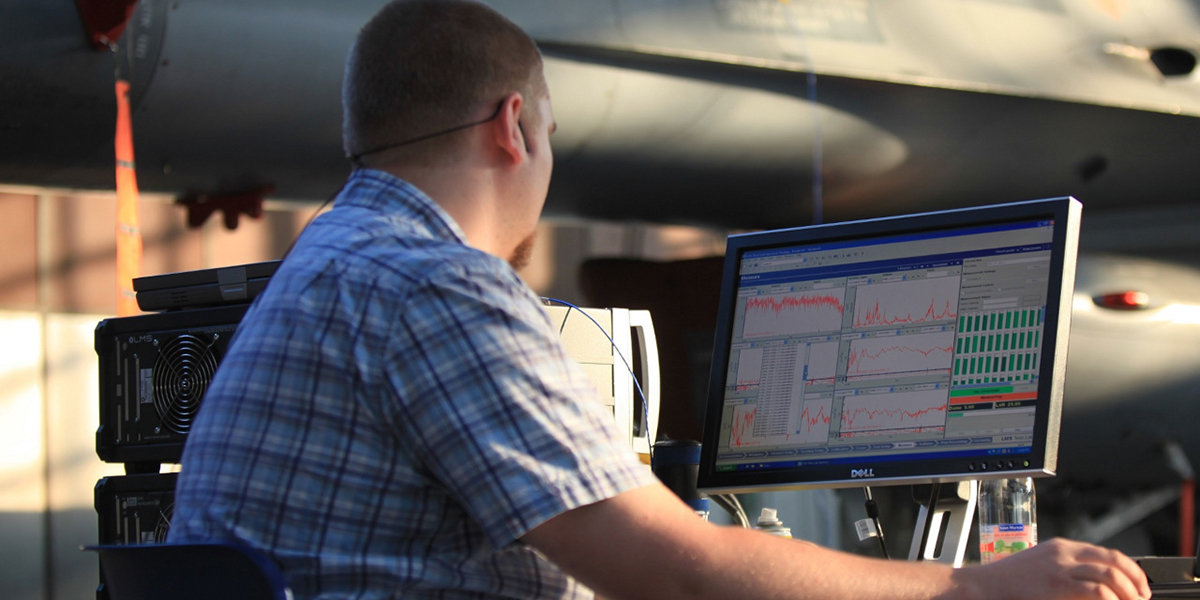In today’s fast-paced marketplace, businesses need to distinguish themselves to survive and thrive, making competitive advantage analysis a vital strategic tool. This process involves evaluating what sets a company apart from its rivals, whether through unique products, superior customer service, cost leadership, or innovative technology. By identifying these differentiators, companies can better position themselves to capitalize on strengths, address weaknesses, and seize emerging opportunities. Competitive advantage analysis enables informed decision-making that drives long-term growth and sustainability in crowded and dynamic industries.
Core Concepts Behind Competitive Advantage Analysis
At its foundation, competitive advantage analysis revolves around understanding the sources of value a company delivers that competitors cannot easily replicate. These advantages typically fall into two broad categories: cost advantage, where a company can produce goods or services at a lower price, and differentiation advantage, where the offerings have unique attributes valued by customers. The analysis also considers the sustainability of these advantages, assessing how durable they are against market changes or competitor actions. Recognizing these core concepts allows businesses to tailor strategies that protect and enhance their market position.
Assessing Internal Strengths and Weaknesses
A critical step in competitive advantage analysis is the honest evaluation of a company’s internal capabilities and limitations. This often involves tools like SWOT analysis, which examines strengths, weaknesses, opportunities, and threats. Strengths could include skilled personnel, strong brand equity, proprietary technology, or efficient supply chains, while weaknesses might be gaps in expertise, outdated infrastructure, or limited market reach. By conducting this internal audit, businesses gain clarity on what resources and competencies they can leverage or need to improve to build a sustainable competitive advantage.
Evaluating Competitors and Industry Positioning
Competitive advantage analysis also requires a thorough understanding of the external environment, including competitors’ strategies, capabilities, and market behaviors. Benchmarking against key players helps identify industry standards and areas where rivals excel or lag. Tools like Porter’s Five Forces can be employed to analyze competitive intensity, supplier power, buyer power, threat of new entrants, and substitutes. Understanding these factors informs how a company’s strengths and weaknesses compare to the industry landscape, enabling better positioning and highlighting potential vulnerabilities.
Customer Insights and Value Proposition
An often overlooked but crucial element of competitive advantage analysis is the customer perspective. Companies must understand what customers truly value and how their offerings meet those needs differently or better than competitors. This includes assessing customer pain points, preferences, and loyalty drivers. A clear, compelling value proposition that aligns with customer expectations strengthens competitive advantage by enhancing satisfaction and retention. Regularly revisiting this aspect ensures that the business remains relevant and responsive to evolving market demands.
Leveraging Technology for Competitive Edge

In the digital age, technology has become a significant driver of competitive advantage, making its role essential in any analysis. Whether through automation, data analytics, digital marketing, or product innovation, technology can improve efficiency, reduce costs, and create new customer experiences. Competitive advantage analysis evaluates how well a company harnesses technology relative to peers and explores opportunities for digital transformation. Organizations that successfully integrate cutting-edge tools often enjoy a first-mover advantage and can rapidly adapt to market shifts.
Strategic Cost Management in Competitive Advantage Analysis
Cost leadership remains a powerful competitive advantage, and analyzing cost structures is vital for many businesses. Competitive advantage analysis delves into how effectively a company controls production, operational, and supply chain costs without compromising quality. Understanding fixed versus variable costs, economies of scale, and sourcing strategies helps identify areas for cost optimization. Companies that maintain lower cost bases can offer more competitive pricing or invest savings into innovation and marketing, strengthening their market position against rivals.
Innovation as a Sustainable Competitive Advantage
Innovation fuels differentiation, and its role in competitive advantage analysis cannot be overstated. Companies that consistently introduce new products, services, or processes create value that competitors find difficult to imitate. Analyzing innovation capabilities involves looking at R&D investment, organizational culture, speed to market, and partnerships with research institutions or startups. A culture that encourages experimentation and agility tends to generate breakthrough ideas that sustain competitive advantages over time, allowing firms to stay ahead in rapidly evolving industries.
Building Brand Equity and Reputation
Brand strength is a potent intangible asset and often a central pillar in competitive advantage analysis. Strong brands command customer loyalty, allow premium pricing, and serve as barriers to entry for competitors. Analysis includes assessing brand awareness, perception, and emotional connection with customers. Effective marketing communications, consistent quality, corporate social responsibility, and excellent customer experiences all contribute to brand equity. Companies that invest in building and protecting their brand reputation enjoy long-term competitive benefits that go beyond functional product attributes.
Globalization and Competitive Advantage Analysis
As businesses expand globally, competitive advantage analysis must account for international factors such as market entry strategies, local competition, regulatory environments, and cultural differences. What works as a competitive advantage in one country might not translate well in another due to consumer preferences or economic conditions. Analyzing global competitive dynamics helps firms adapt strategies for localization, leverage global supply chains, and exploit cross-border synergies. The ability to navigate complexities of global markets often differentiates successful multinational enterprises.
Continuous Monitoring and Adaptation
Competitive advantage analysis is not a one-time exercise but an ongoing process. Markets and technologies evolve, competitors innovate, and customer needs shift, all requiring businesses to regularly revisit and update their analysis. Continuous monitoring through key performance indicators, competitor intelligence, and market research allows companies to anticipate threats and seize new opportunities. Organizations that embed agility into their strategic planning can adapt more quickly, ensuring their competitive advantages remain relevant and potent over time.
Conclusion
Competitive advantage analysis is a fundamental practice that empowers businesses to identify, protect, and enhance the unique strengths that set them apart in the marketplace. By examining internal capabilities, industry dynamics, customer value, and emerging trends, companies can develop robust strategies that foster sustainable growth and resilience. In a constantly changing business environment, mastering competitive advantage analysis equips organizations with the insights needed to outperform rivals, innovate continuously, and maintain long-term success.
